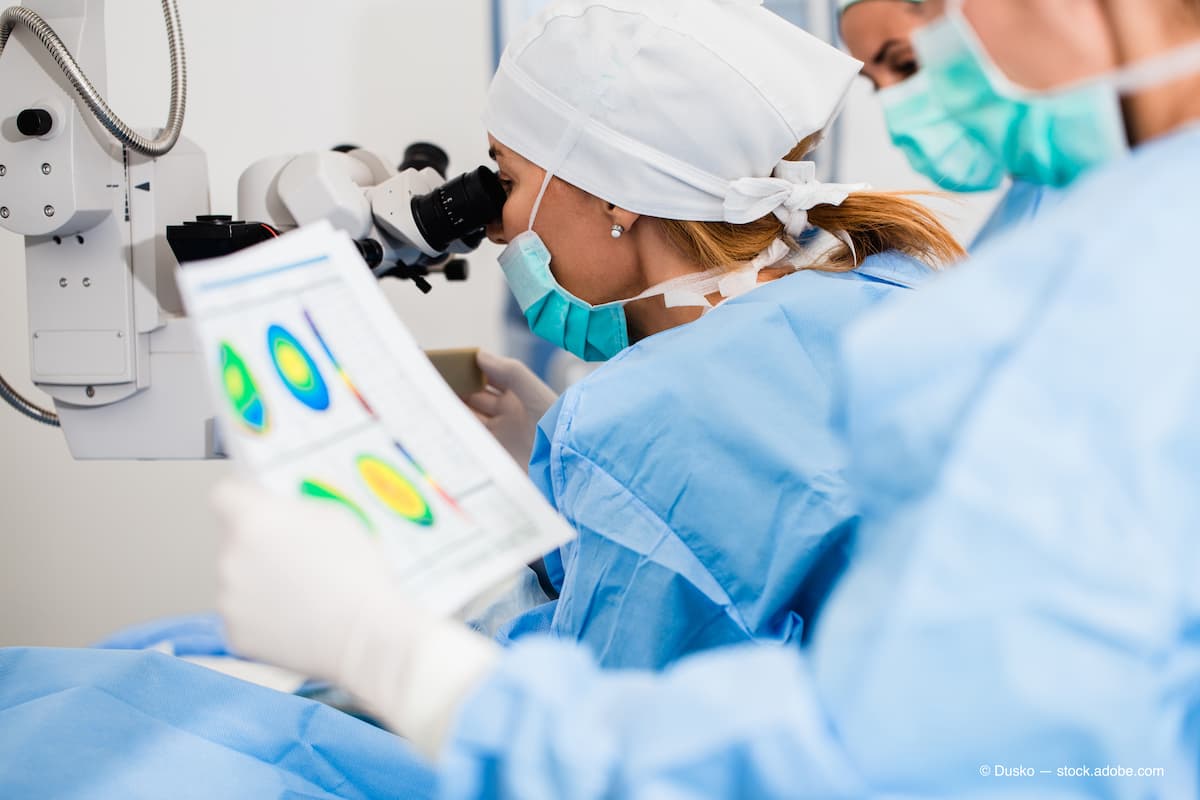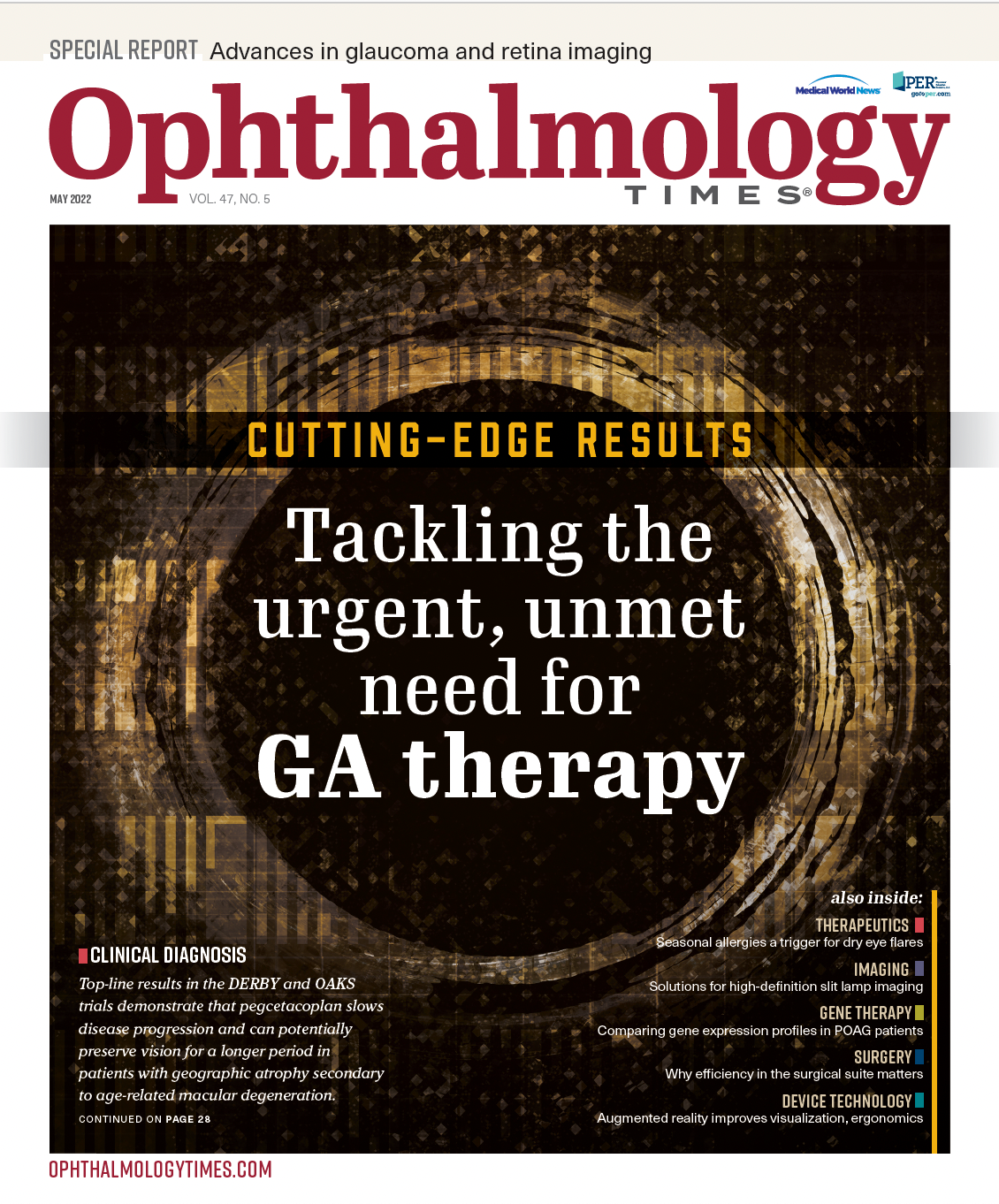Publication
Article
Digital Edition
Ophthalmologists drive efficiency in the surgical suite: Why it matters
Author(s):
Attention to details can help to deliver patients consistent, quality outcomes.
Special to Ophthalmology Times®
In the operating room, every second matters. Complications lead to stress, pressure, and clinical and financial consequences. An ideal operating environment is one that helps surgeons and surgical staff make the right decision, at the right time, with minimal physical and cognitive attrition.

At Cleveland Eye Clinic, we perform many cataract and refractive surgeries each day. Investing time, strategy, and resources into improving efficiency has helped us streamline activity, navigate unexpected challenges with poise, and treat more patients, all while delivering quality care. If your organization is looking to do the same, here are some things to remember.
Pay attention to logistics
To cultivate efficiency, operating room logistics are your best starting point. Often, we focus primarily on an asset’s clinical value and consider logistics second. In practice, convenience and ease of implementation are mission-critical attributes.
The implementation of tools and devices that come preloaded or precalibrated is a good way to streamline unnecessary activity and preserve both time and focus. Single-use devices have become a staple of cataract and refractive surgery in recent years and represent a step in the right direction. Preloaded intraocular lenses (IOLs) have proven immensely valuable, removing the considerable stress that came with technician loads, syringe management, and associated staff training. Eliminating these staff burdens has given us back time, focus, and energy, which we can gratefully invest in other clinical areas. We frequently use the IPure preloaded monofocal IOL (BVI), which offers high stability in both the short and long term, likely due to the stiffer hydrophobic acrylic material that the lens is made from. Its preloaded injector system is predictable, and efficient.
In our practice, we’ve taken streamlining a step further by having all our surgical tools, including knives, fluid control devices, and more, delivered to our practice in consolidated, procedure-ready packs customized to our specific needs (Beaver Knives and CustomEyes; BVI). This has allowed us to further optimize time and resources, as the time required to set up and take down the surgical suite is greatly reduced. It also eliminates second guessing in the heat of a particularly charged moment; when a critical tool is needed, we know it’s on the table and don’t have to consider the possibility of human error in the setup phase. The custom packs come presterilized and the layers come prefolded according to your exact needs, saving considerable time by eliminating the sterilization step prior to use.
When choosing medications for surgery, it’s also worth thinking about properties that might provide advantages beyond therapeutic efficacy. For instance, we use a compounded, sublingual formulation for subconscious sedation, midazolam/ketamine HCI/ondansetron (MKO Melt; ImprimisRx) in the operating room that reduces or eliminates the need for intravenous-delivered anesthesia, saving nurses (and the health system at large) considerable time and resources. Choosing a medication that effectively negates a preparatory step is an easy way to drive efficiency, but ultimately, you must weigh many factors to determine the best solution for your needs.
Information is essential
Beyond logistics, the surgeon and operating room staff should be able to access and share mission-critical information in an intuitive way. Recently, advanced surgical-suite visualization systems have made this much easier, making it possible to share robust, detail-rich visuals in real time, as well as integrate information from important, normally disparate displays, such as our aberrometer.
Having high-quality information accessible in 1 place, and by the entire surgical team, has made communication easier and more rewarding, helping us deliver outstanding routine care and better manage complications when they arise. In our practice, we have implemented one such system (Ngenuity 3D Visualization System; Alcon), but several are now arriving in the marketplace, including the Beyeonics One (Beyeonics Surgical; distributed by BVI in the US), which includes a removable mount for a noncontact wide-angle near-eye lens for posterior segment surgeries, and the Artevo 800 (Carl Zeiss Meditec), both of which look interesting.
Parting thoughts
Although patient wellness and clinical outcomes remain our primary goal, staying efficient is an important way to minimize the difficulties, stressors, and costs that arise during a frenetic day in the operating room. By paying attention to logistics and implementing tools that facilitate them—as well as utilizing and communicating the most reliable information possible—we can deliver patients consistent, quality outcomes; improve the experience for our valued staff; and make our own lives easier in the process.
William F. Wiley, MD
E: drwiley@clevelandeyeclinic.com
Wiley is in practice at Cleveland Eye Clinic in Northeast Ohio.

Newsletter
Don’t miss out—get Ophthalmology Times updates on the latest clinical advancements and expert interviews, straight to your inbox.




